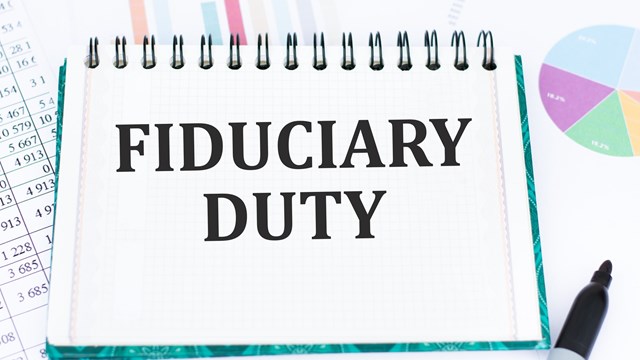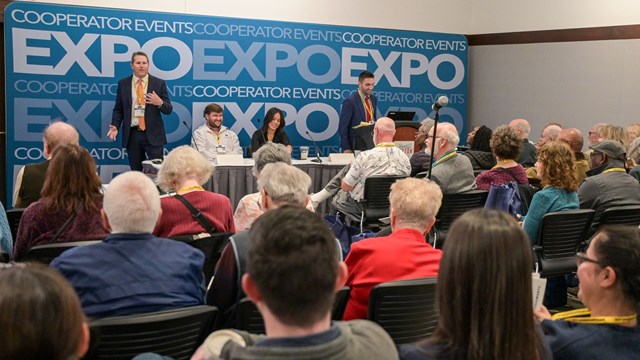When it comes to offering social programs and amenities, respective requests, needs, and preferences can run the gamut. For board members and managers, having programs in place that cater to collective populations—toddlers to octogenarians and all those in between (and beyond)—can be a quite a challenge.
“A community that has activities and opportunities to get together creates a much stronger sense of belonging and a much more positive atmosphere,” says attorney Ellen Hirsch de Haan, who practices in Florida and has over 28 years of experience in HOA and condo law. “They have fewer disagreements, less challenges with the board, and more cooperation with the operations and governance of the community.”
A 2010 recipient of the Community Associations Institute Award by the National Board of Certification for Community Association Managers, de Haan has penned three books about the subject, including Boomer Shock: Preparing Communities for the Retirement Generation, Self-Management: A Guide for the Small Community Association, and A Place to Age. Earlier this year, she served as featured presenter at Community Associations Institute Community Association Law Seminar in San Francisco.
“You find that, across the country—depending on where you are—you are going to have a different type of culture, and possibly a totally different demographic mix,” says de Haan. “Housing stock matters, geographic location matters, and cultural and demographic backgrounds, and —of course—age matters.”
Typically, a wide range of residents populate condos and co-ops; therefore, board members, social committees, and managers have to work in a collaborative fashion to ensure all residential requests are considered. Most likely, a young married couple raising children, for instance, will have different needs—like playrooms and daycare services—than a retired couple who may prefer game nights and visits to museums.
“We have so many residents coming from different backgrounds that it creates a great variety of social programs that we can offer,” says Audrey Davis-Stok, the lifestyle director for the Del Webb homeowner association located on Great Island in Plymouth, Massachusetts. “Because what happens is if somebody comes to me and say ‘why don’t we offer this here?’ And I think is there a need for this? What is the level of interest? And if there is a level of interest, I will work with that resident to make it happen. We have almost 1,000 people living here and they come from various backgrounds. We have people who have worked in technology and education. They bring so much to the table.”
“I’ve seen card games and book clubs in many associations,” says Janet Aronson, Esq., a partner at the law firm of Marcus, Errico, Emmer & Brooks, P.C, in Braintree, Massachusetts. “There are holiday parties and cookouts in the summer where everyone brings a dish. It’s a good way to get the residents together and to keep costs down at the same time.”
Communication is King
For most properties, technology has had an impact on certain aspects of this subject. For instance, in recent years, the once customary place to share news and information—the bulletin board—has morphed to a more virtual experience. While older residents still prefer cork boards and pinned flyers, this method of communication is disappearing.
To communicate, many boards and property managers use websites such as BuildingLink, which serves 984,510 residents, 46,623 property managers and staff in 2,615 buildings worldwide and serves as a paperless portal for news, information, and community chatter.
However, certain associations are considered troglodytes, or not ready (or willing) to adopt new communication practices. “Many associations are very slow to embrace new technologies,” says de Haan. “Many will use e-mail, but I can’t even get my clients to Skype…and this isn’t a new technology. I’m either on conference calls with them or visiting them in person.”
According to experts, the best communication takes place during scheduled meetings in which residents, board members, and managers interact in person.
“There are surveys and the occasional town hall meeting so you can get various inputs from the people in the community…a sense of a community, the more you are interacting,” says de Haan. “It’s an educational process, particularly as we get more intergenerational residents.”
For teens, single adults, and families, classes like Zumba, Pilates, kickboxing, spinning, sculpting, high intensity interval training and yoga are becoming popular. “The older baby- boomers are very big into book clubs, travel clubs, poker games, bridge games, shuffleboard, bocce, and tennis courts. Younger boomers look for fitness centers and pools and clubhouses for functions like a movie night or special events like the Super Bowl,” says de Haan. “For families, they are usually far more interested in having a playground built than a Super Bowl party.”
“There is something for residents to do here all the time, whether it’s recreational or educational,” says Davis-Stok. “We also do a lot of seminars and programming. We’ll bring in area physicians to come in and talk to residents and educate them about their shoulder surgeries, overall health, nutrition and wellness.”
The Bottom Line
While the majority of properties have a budget line for social activities, depending on the property, a budget can range from an annual holiday party to numerous parties and social outings such as museums and the like.
For retirement communities, recreational budgets can become a sticky issue. To this end, each will take a different approach to how they budget. In some cases, it may be a combination of allocated money from the board along with fellow residents banding together to create shared experiences.
“If it’s a retirement community, you may have a lot of people on fixed incomes,” says de Haan. “Older people don’t like to pay into reserves because they feel they might not be around to use the funds, so they want to pay less money each month. Younger people just starting out with families don’t have as much income or extra money to spend, so between these two variables, budgets are always an issue.”
In some cases, de Haan says, associations will charge a fee for the event via a ticketing process. Often, this will cover the cost of food and soft drinks; this way, the board doesn’t have to allocate funds. “The cost for many of these events is reasonable, and sometimes it’s a pot luck event,” says de Haan. “If, at the end of the year, the board had extra money, they might be able to afford to host a holiday party.”
Creating Meaningful Experiences
While most communities can expect a holiday party—and perhaps a summer barbecue—each year, as units change hands and residents get older, needs and wants also change. As a result, if a yoga program worked two years ago, it may not work two years later. As boards, managers, and social committees determine residential needs, they have to continually adapt to changing circumstances. In many cases, this requires creative thinking.
As de Haan points out, with communication and shared willingness to effect change, residents can and do come together to make their community different. While these are positive experiences, new board members and younger managing agents also have to keep a mindful eye on any liabilities that can result from an activity—whether a physical activity like landscaping or a social gathering such as a party.
According to experts, most often, the majority of communities with social activities are a joint effort shared between a social committee and a manager. Where liability plays a significant role is when residents’ age impacts mobility and participation. As a result, de Haan sees the role of the association manager changing in many cases, as they are not educated to meet the demands or responsibilities of an aging community.
“Community association managers are being called upon to deal with things that they do not have the expertise for unless they have a masters or PhD in social work or psychiatry. New forms of education will be needed for managers,” says de Haan. “There are liability issues as well with aging. The association is not a hospital or an assisted living facility, and many managers are called upon to deal with some extremely difficult situations.”
“Programming and social activities add to the community and enhance the life experience,” says Aronson. “It could also help facilitate better relations among residents.”
W.B. King is a freelance writer and a frequent contributor to New England Condominium. Staff writer Christy Smith-Sloman also contributed to this article.







Leave a Comment